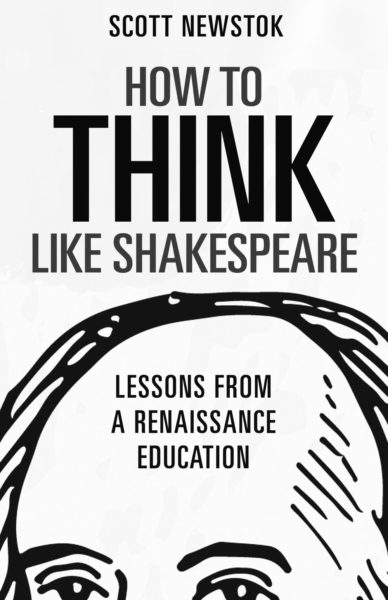
Mentalgymnastische Übungen
„How to Think Like Shakespeare“ presents the early modern grammar school as a pedagogical environment characterized by active, rather than passive, learning. Newstok invokes one of the period’s key instructional texts, Richard Rainolde’s The Foundacion of Rhetorike (1563), which derived from the ancient Greek rhetorician Aphthonius’s Progymnasmata. The etymology of this word — from the Greek for “preparatory exercises” — gives the sense of its instructional method, what Newstok calls “a regimen of mental gymnastics.” In his account, an early modern education based on these sorts of manuals gave students “practice in curiosity, intellectual agility, the determination to analyze, commitment to resourceful communication, historically and culturally situated reflectiveness, the confidence to embrace complexity.” To some degree, Newstok paints a picture of a culture that allowed learning for learning’s sake; yet the goal of these kinds of exercises was the development of linguistic skill that would, ultimately, be useful in any future vocation. “This was verbal training for careers,” Newstok tells us, “whether in the church, the court, or the market.” Via LARB